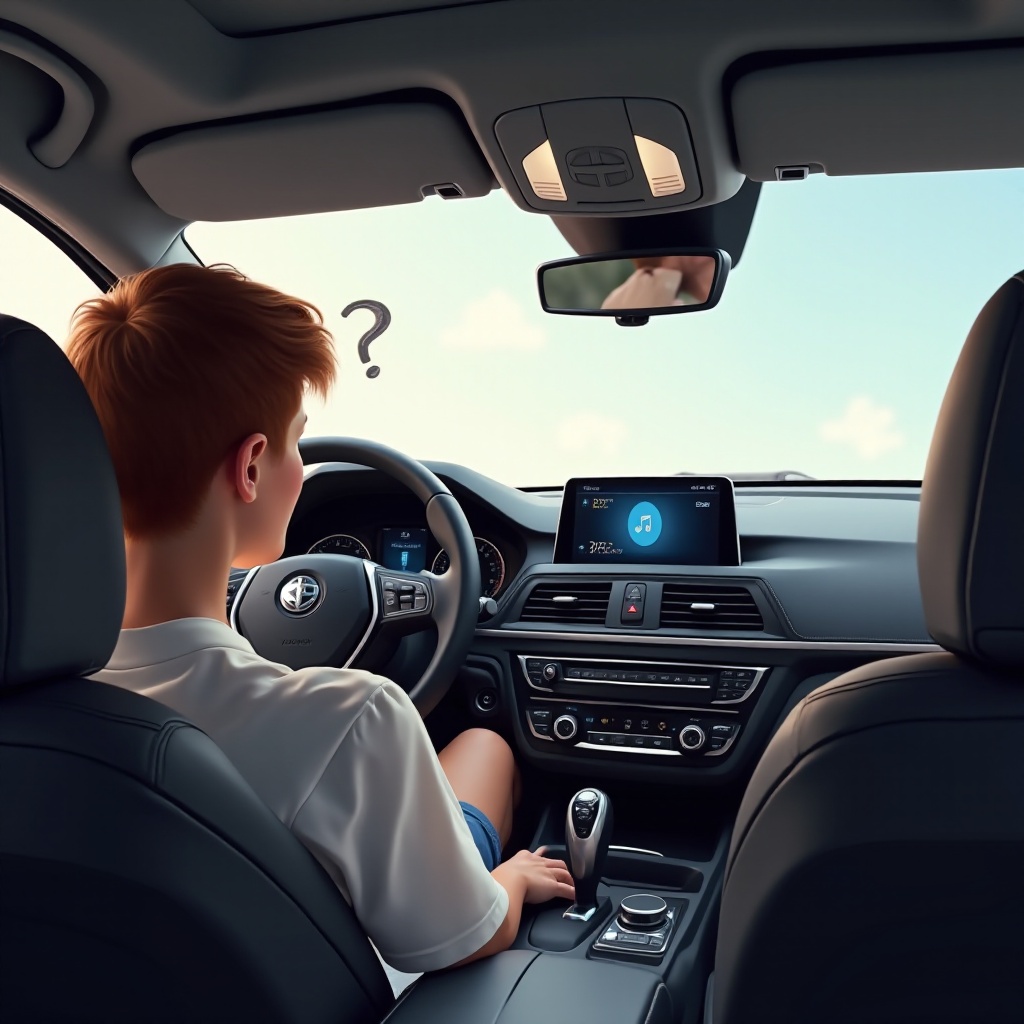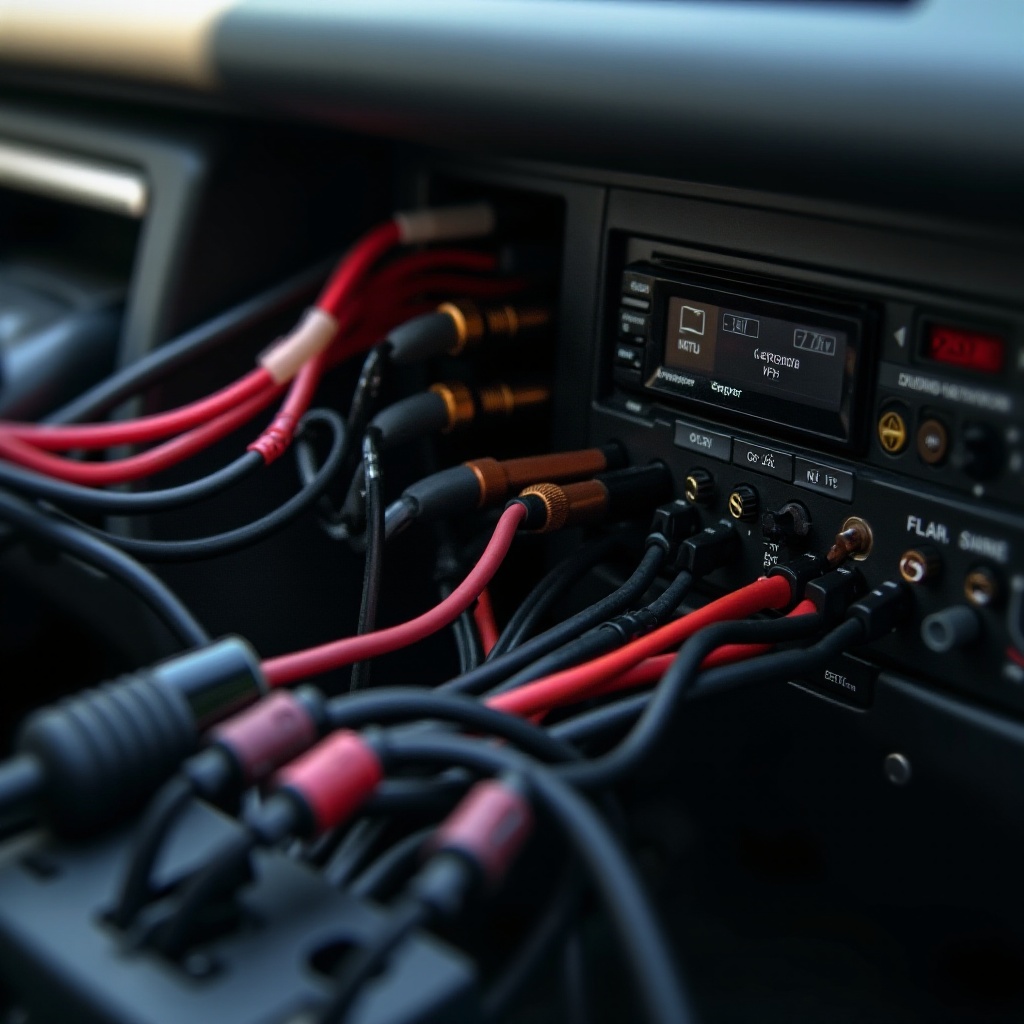
Introduction
Embarking on a car trip without your favorite tunes can be disheartening, turning a potentially enjoyable journey into a mundane ride. When your car stereo delivers no sound, confusion and frustration are often the initial reactions. However, understanding the underlying causes is pivotal in restoring the harmony of music to your rides. This guide details various factors and provides actionable solutions to help rectify a silent car stereo, ensuring you can return to a serene, audio-filled driving experience.

Common Causes of Car Stereo No Sound
Approaching the issue systematically is vital, starting with the identification of common culprits. These fall into several key categories: user errors, electrical system issues, and equipment failure.
- User Settings: Incorrectly configured settings are frequent offenders, leading to muted or low sound outputs.
- Source Inputs: Choosing an inactive or incorrect source can silence the audio.
- Fuse Issues: Power supply interruptions to the stereo, often due to a blown fuse, are another common cause.
Identifying these usual suspects early can streamline your troubleshooting process. Methodically addressing each potential cause can lead to a quick resolution, bringing your stereo back to life.
Preliminary Checks and Solutions
Before delving into more complex technical issues, conducting simple preliminary checks is crucial. Frequently, these basic steps can resolve the sound issue without further intervention.
Inspecting Audio Settings
- Confirm the stereo is not on mute.
- Ensure balance and fade settings are centered to avoid sound imbalances.
- Adjust the equalizer; it’s possible settings are negating output, silencing the stereo.
Evaluating Source Inputs
- Verify the selected source—be it radio, CD, AUX, or Bluetooth.
- Check all input jacks for connection mistakes or unplugged cables.
- Test sound across various sources to identify if the issue spans universally.
Volume and Mute Diagnoses
- Incrementally increase the volume to check for sound variances at different levels.
- Look for any visual cues (like mute icons) on the stereo display.
- Use the mute button to toggle sound settings if needed.

Electrical and Wiring Issues
If preliminary checks yield no results, a deeper exploration into the car stereo’s electrical aspects is necessary. Electrical components can pose more complex challenges, requiring detailed examination.
Identifying Blown Fuses
- Locate the car’s fuse box, typically under the dashboard or near the engine bay.
- Refer to the vehicle’s manual to identify the audio system fuse.
- Extract the fuse using a puller or pliers, examining it for damage or burnt signs. Replace if found faulty.
Checking Wiring Connections
- Safety first—disconnect the car battery before opening panels to prevent accidents.
- Examine wiring for wear, damage, or any loose connections.
- Re-secure any loose or displaced wires.
Battery and Alternator Assessments
- Begin by evaluating the car battery’s health; a deteriorating battery can impact stereo functioning.
- Use a multimeter to verify the alternator’s efficiency in charging the battery.
- Ensure solid connections between these components to maintain consistent power supply.

Component Inspections and Repairs
When wiring and electrical factors are eliminated, inspecting stereo components becomes crucial. Problems might originate from the internal hardware.
Examining the Speakers
- Utilize a multimeter to measure speaker continuity and impedance.
- Check physically for tears or other damages to the speaker.
- Replace any faulty speakers as needed.
Troubleshooting the Head Unit
- Investigate the head unit for overheating signs or error messages.
- Consider a factory reset (remember to note personal settings first) to eliminate software glitches.
- Remove the head unit to thoroughly check connections at its rear.
Diagnosing Amplifier Problems
- Ensure any external amplifiers power on properly.
- Confirm all inputs and outputs are firmly connected.
- Test the amplifier using a different device to rule out failure.
When to Seek Professional Help and Consider Upgrades
If all probable solutions seem ineffective, consulting a car audio specialist becomes the next prudent step. Hidden or intricate issues might require expert intervention. Additionally, if your audio system is outdated, upgrading to cutting-edge technology could be beneficial. Modern audio systems not only provide superior sound quality but also offer increased reliability, transforming your overall driving experience.
Conclusion
Facing a car stereo no sound issue can be daunting, yet systematic inspection often leads to helpful solutions. Understanding common problems, verifying connections, and scrutinizing components can empower most drivers to resolve issues independently. However, should efforts prove unfruitful, seeking professional expertise is advisable. Furthermore, investing in an upgraded sound system ensures enduring audio satisfaction, offering a continual source of musical enjoyment during your travels.
Frequently Asked Questions
Can a factory reset fix my car stereo’s no sound issue?
Yes, a factory reset can potentially resolve software-related issues causing no sound. Remember to note any custom settings before resetting.
What tools do I need to check my car stereo wiring?
Essential tools include a multimeter for electrical readings, wire strippers, connectors, and a fuse puller. These aid in diagnosing and fixing wiring issues accurately.
How much does a typical car stereo repair cost?
Repair costs vary based on the issue. Simple fixes like fuse replacements may cost under $20, while professional service for complex problems might range from $100 to $300 or more.
